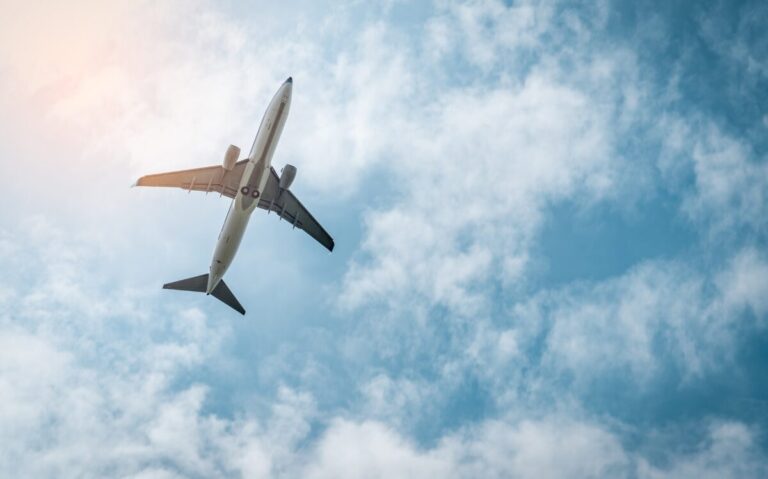Taking a Surf Gap Year
The long-time tradition of a gap year is becoming popular in the United States. A common practice among students in Australia, Britain, and Europe, taking a gap year, or a break being high school and university, is catching on in the United States, where the normal routine of going straight from high school to university is being to change.
Most students who are university bound in the United States go straight from high school to college, without taking time off. For students from Australia, Britain, and Europe, the idea of taking a year off to travel, volunteer aboard, and see the world is relatively common and in places, highly encouraged. Students taking a gap year often discover a passion that they didn’t know they had or learn a skill that helps them get a head start in their university studies. Students that take a gap year often go into university with a more clearly defined idea of what they want to study and what field they eventually want to work in, leading to changing majors less frequently and graduating in a shorter amount of time.
Malia Obama, President Obama’s daughter is bringing the trend into the mainstream as she announced that plans to take a gap year before attending Harvard in the fall of 2017. While Malia has yet to announce where she will spend her gap year, she is planning on waiting until her father is out of the White House and the family is less in the spotlight.
But it’s not just the daughters of presidents and heads of state that are taking gap years. Thanks to programs like Carpe Mundi, a Portland, Oregon based non-profit that offers financial aid to students wanting to take a gap year, more and more university bound students are getting the chance to see the world and experience life altering opportunities before hitting the books. While some parents are hesitant to encourage their children taking time off, it’s becoming common knowledge that the break from rigorous studies is actually helping students succeed in university. The break between at times grueling high school studies and competitive university curriculum helps students reset their goals and values and helps students focus on what they really want to study.
Programs can take students to Brazil to learn Portuguese and do community development programs. Other gap year options include turtle research in Costa Rica, permaculture in Nicaragua, or health care in Senegal. Thanks to aid programs such as Omprakash and City Year students from all income levels can participate in gap year programs to gain real-world experience before focusing on university studies. Gap year programs vary in fields and in costs with some as low as $5,000 for a year and others up to $30,000. At the end of the gap year program, most students are fluent in a foreign language, have gained work experience and have learned a new skill that they would not have mastered otherwise. Studying and living aboard helps build tenacity and character which leads to higher rates of success in and after university.














